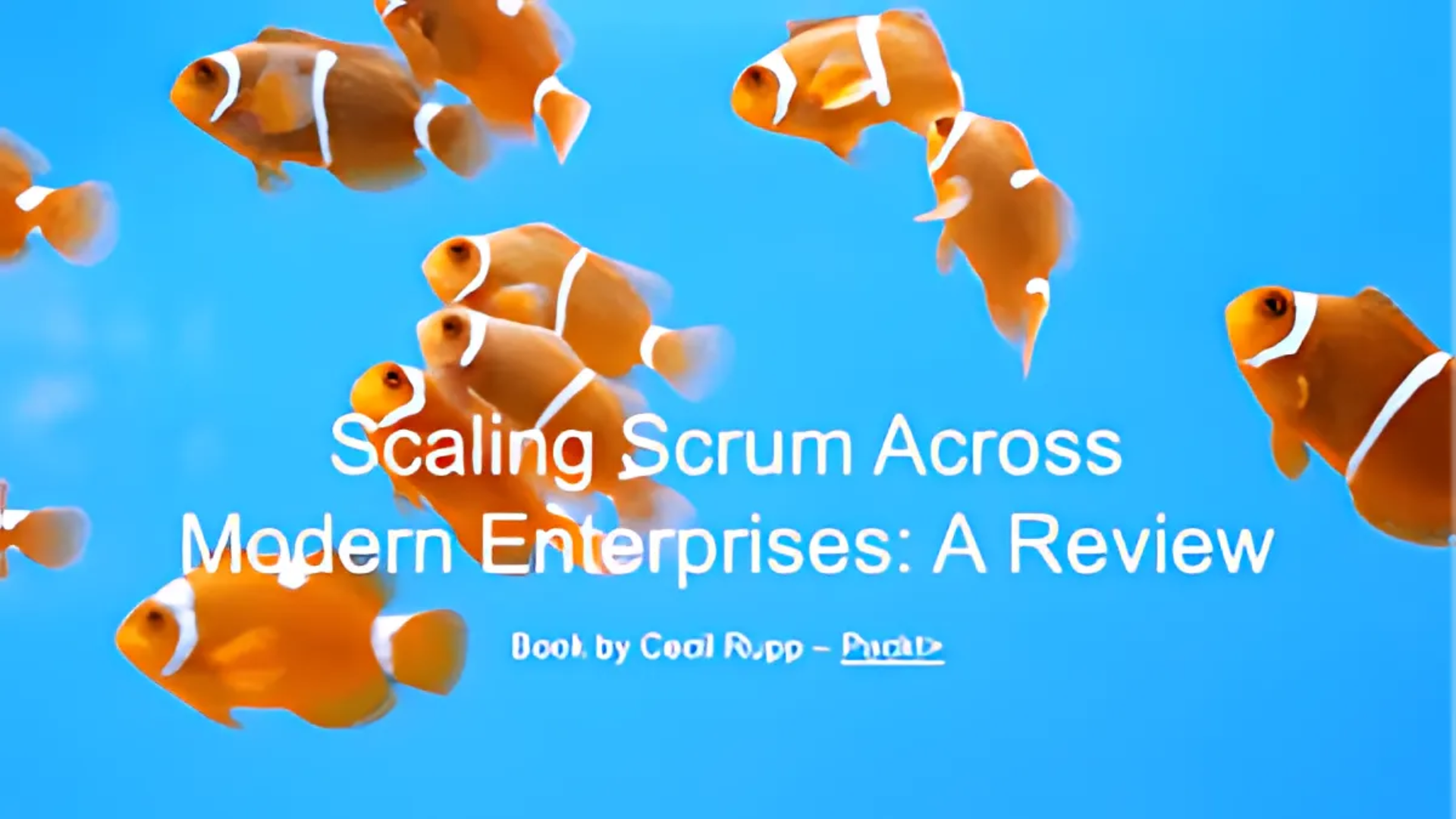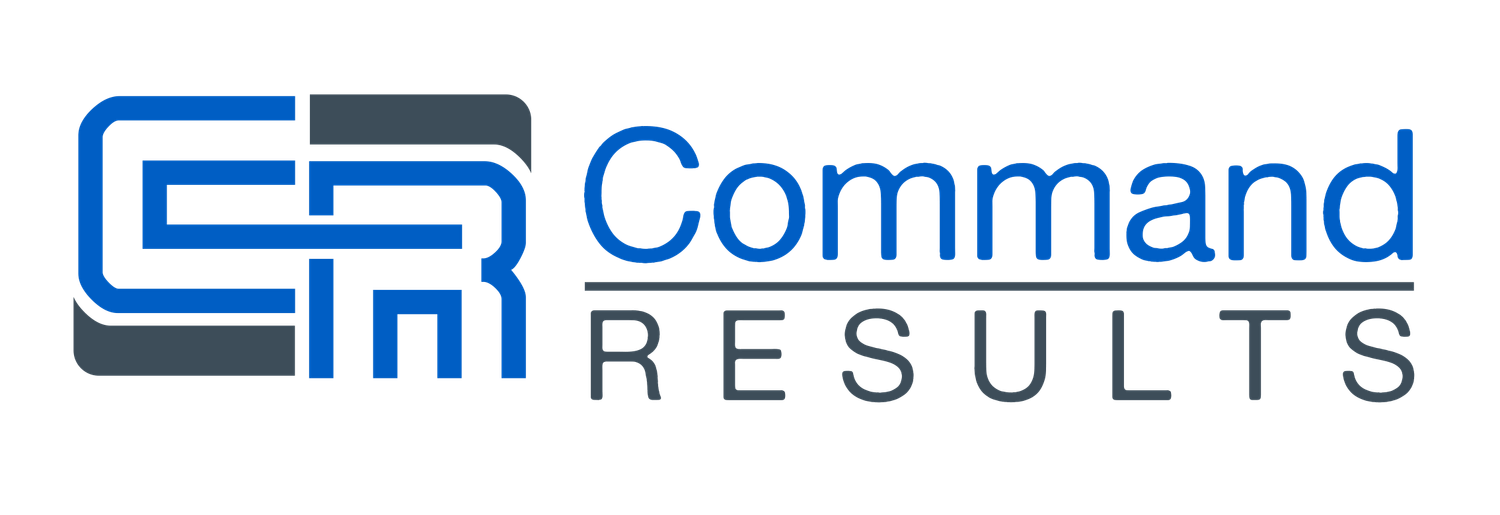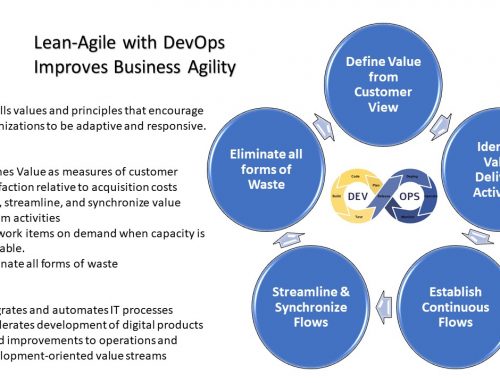
Cecil Gary Rupp’s comprehensive and fascinating review of Scrum and Lean-Agile methodologies provides an invaluable guide to help multiple teams collaborate in developing and delivering large complex products. It also provides the perspective and tools for improving business agility throughout the business.
Many software engineers grew increasingly frustrated with the traditional “Waterfall” model for product development, applied to software development. That model was heavily focused on control, was project-based, driven by an often rigid plan, following a linear-sequential software development approach. This sequential, rigid set of steps, each neatly following the last, led to its name of Waterfall. First a product is conceived; then its requirements tightly defined; its designs established; the product built and tested. The product is then deployed, maintained, and one day retired.
Results were often not nearly so mechanical, and too often projects using this process would break down and totally fail. Especially as software projects increased in complexity, this approach (among other problems) frequently resulted in extended timelines and costs much higher than originally planned. In response, engineers developed a set, as Rupp says, of “lighter-weight software development methodologies that provided more flexibility to address changing requirements and information on a near real-time basis.”
The Agile Manifesto was published, helping popularize the more realistic, flexible, and customer-focused approaches introduced in the lightweight methodologies. This document called for reducing rules and processes, encouraging collaborative development, use of prototyping and iterative, incremental techniques of development. It also insisted on responsiveness to users’ needs and priorities. Consistent with and emerging after this Manifesto would be the Lean-Agile ideas, and the Scrum concepts and methodology on which Rupp and much of his book focus. Rupp’s book is now a worthy descendant of that important Agile Manifesto.
In general, engineers started to realize that the traditional model assumed a deterministic view that everything can be known and therefore preplanned, scheduled, and controlled over the life of a project. The reality is that there are too many random or unknowable events that make it impossible to predict client needs, market influences, priorities, risks, and the scope of work required to deliver a viable product. Thus, the traditional development model needed to be much more responsive, nearly real-time, to evolution in users’ needs.
However, as Rupp understands well, the traditional approach––beyond this lack of flexible, real time responsiveness to users––it was even more fundamentally internally-driven. That is, rather than truly customer-focused, deeply studying and understanding the most valuable experiences for users, Rupp understands that the traditional approach would lock teams into a project’s own agenda; it focused more on completing the project and meeting some inflexible original criteria, rather than really understanding those user preferences in the first place, and then flexibly adjusting as those users’ needs evolved.
This true customer-focus is not the only principle introduced and brought to life by Rupp’s in-depth discussion, but (for this reviewer) it is one of the most important principles that can be supported by the Lean-Agile and Scrum methodologies. Rupp also clarifies that agile software, in isolation, is not enough; the same principles need to be applied to the entire “value-delivery-system” of an organization.
Well worth a close read by those involved in complex software development.
About Michael Lanning
Michael Lanning pioneered the Delivering Profitable Value (DPV) methodology, which offers a proven approach to discover significant strategic insights by creatively studying what customers actually do (versus relying on asking them to reveal what they want). Mr. Lanning initially developed the DPV concepts while working as a Strategy Consulting at McKinsey & Co.
He has taught an executive-education and graduate-school course based on his concepts to many thousands of managers worldwide and guest lectured at grad business schools of Stanford, UC Berkeley, and Melbourne.
Besides his DVP methodology, Mr. Lanning is credited with coining and defining the following terms:
Scaling Scrum Across Modern Enterprises
Was this article valuable to you?
(Please rate from 1 to 5)
1 – Not at all
2 – Slightly
3 – Neutral
4 – Valuable
5 – Extremely valuable






Awesome https://shorturl.fm/oYjg5
Good https://shorturl.fm/j3kEj
Very good partnership https://shorturl.fm/68Y8V
Awesome https://is.gd/N1ikS2
Very good https://is.gd/N1ikS2
Good https://is.gd/N1ikS2
Awesome https://is.gd/N1ikS2
Awesome https://is.gd/N1ikS2
Very good https://is.gd/N1ikS2
Very good https://is.gd/N1ikS2
Good https://is.gd/N1ikS2
Good https://is.gd/N1ikS2
Awesome https://is.gd/N1ikS2
Good https://is.gd/N1ikS2
Good https://is.gd/N1ikS2
Very good https://is.gd/N1ikS2
Very good https://is.gd/N1ikS2
Awesome https://is.gd/N1ikS2
Awesome https://is.gd/N1ikS2
Awesome https://is.gd/N1ikS2